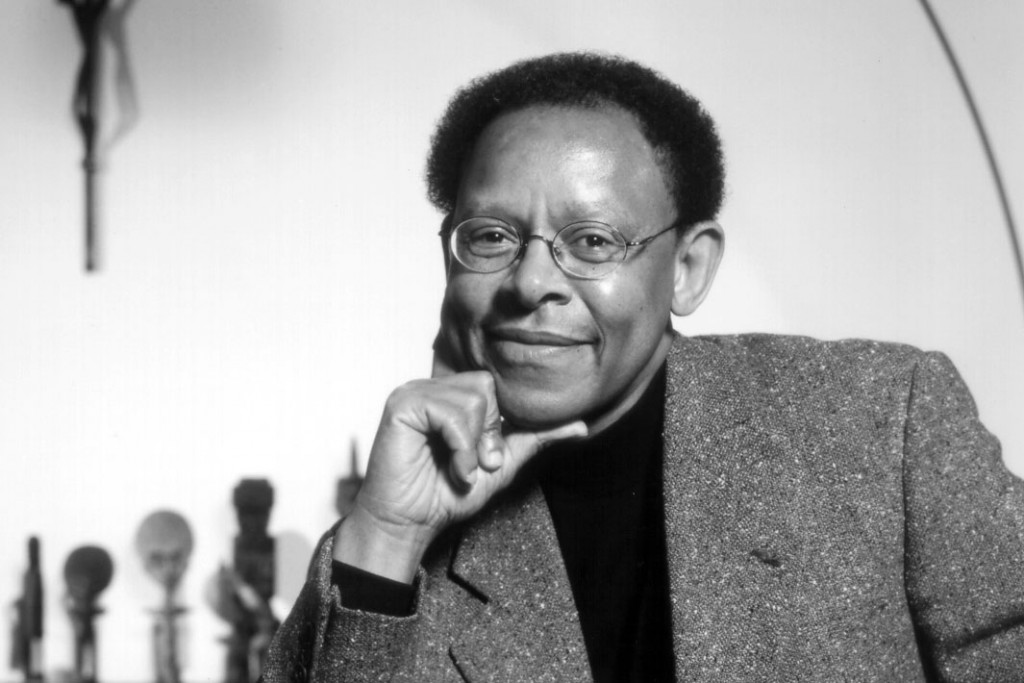In a long-form piece on the aftermath of the horrific murders in Charleston, New Yorker Editor David Remnick explores concepts of forgiveness, highlighting the empathy and conciliatory tone that the late Reverend Clementa C. Pinckney adopted even while campaigning for police reforms following the killing of Walter Scott.
Scott, a Coast Guard veteran, was shot and killed as he ran from an officer who had stopped him because a tail light was out.
From the article:
He also showed an almost unfathomable degree of empathy, and not only with the victims. “Our hearts go out to the Scott family, and our hearts go out to the Slager family,” Pinckney said. “Because the Lord teaches us to love all.”
Remnick attended services at Mother Emanuel, and writes about the new pastor, Norvel Goff, Sr, and the congregation in the aftermath of their loss. In trying to understand the spirit of forgiveness Remnick spoke to theologian James H. Cone, known for such books as The Cross and the Lynching Tree.
From the article:
The forgiveness shown by the relatives of the Emanuel Nine was hard to understand for anyone “who hasn’t had to cope with that kind of powerlessness,” he said. “It’s victory out of defeat. It is the weak overcoming the strong. It’s ‘You can’t destroy my spirit. I have a forgiving spirit because that’s what God created me to be. You are not going to destroy that.’ When they forgive, it is a form of resistance, a kind of resilience. It is not bowing down. That is misunderstood by a lot of people, even black people, and even some black ministers. It’s part of that tragic experience of trying to express your humanity in the face of death and not having any power.”
The article is weighty, providing a diverse set of opinions and experiences from other local leaders, including the Reverend Joseph Darby, a leader of the state NAACP, and major politicians. Darby and others see the tone of conciliation as a real obstacle to progress and change.
You can read the entire piece in the current New Yorker, or on their website.

